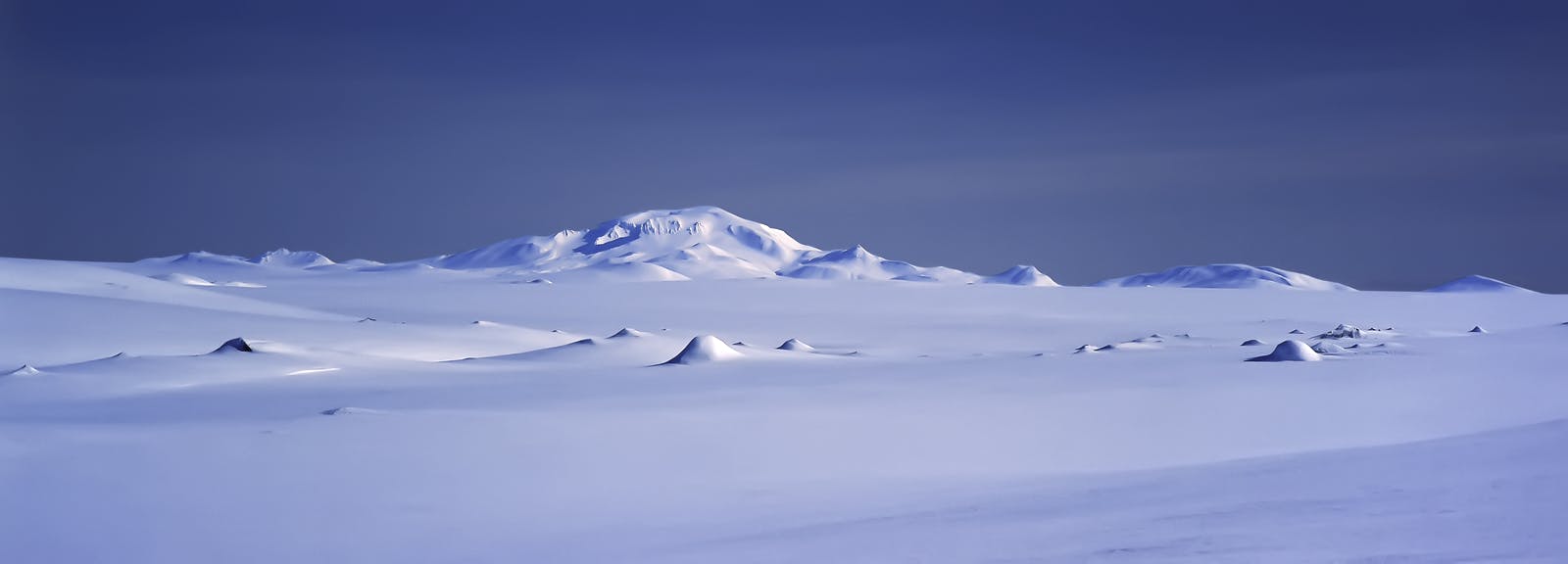
Your Guide to Brúarjökull Glacier in Iceland
Iceland, a land of unparalleled natural beauty and geological wonders, is home to numerous glaciers that have shaped its dramatic landscapes. Among these majestic ice formations, Brúarjökull stands as a captivating example, drawing both scientific interest and awe from visitors.
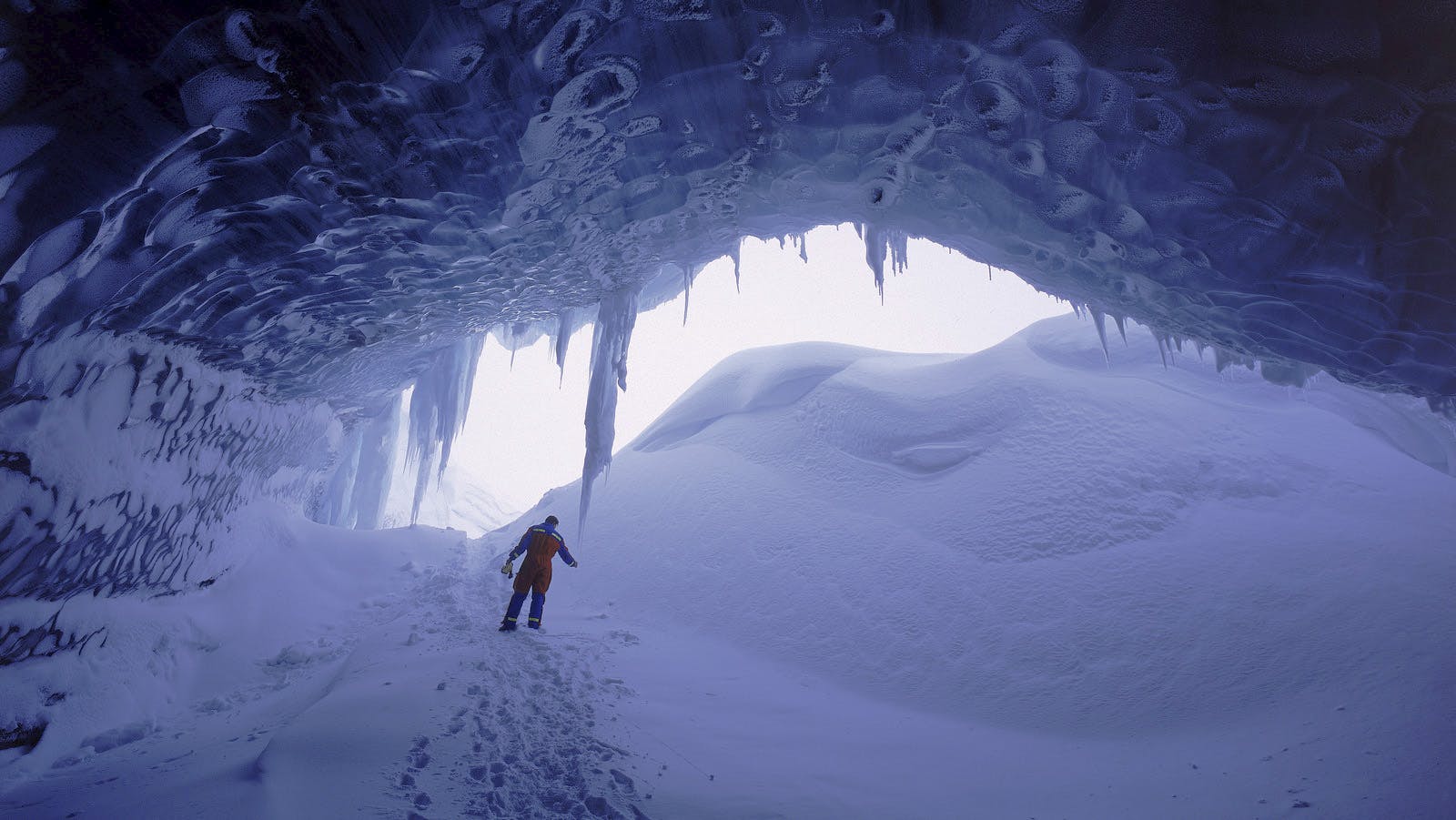
Formation and Location
Brúarjökull is a glacier situated in the northeastern part of Iceland, within the larger Vatnajökull National Park. Vatnajökull, the largest glacier in Iceland and one of the largest in Europe, encompasses several outlet glaciers, with Brúarjökull being one of them. The glacier is nestled in the central Highlands of Iceland, an area characterised by vast expanses of untouched wilderness, towering mountains, and glacial rivers.
The distance from Reykjavík to Brúarjökull depends on the specific location of Brúarjökull you are referring to, as it is a part of the larger Vatnajökull ice cap, and there might be various points of interest around it. However, if we consider the general area where Brúarjökull is located, the distance is approximately 250 to 300 kilometres (155 to 186 miles).
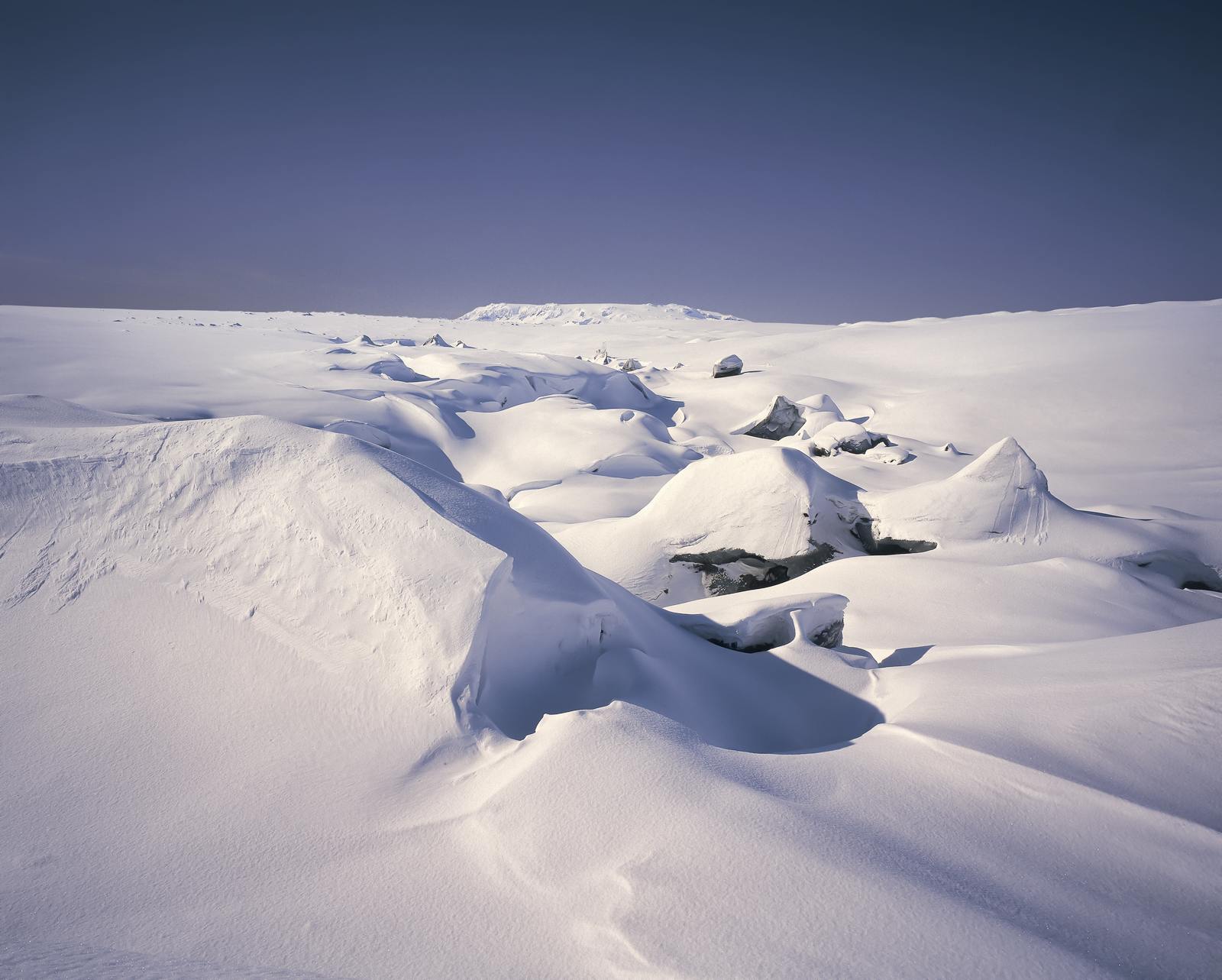
Geology and History of Brúarjökull
Brúarjökull stands as the most extensive glacier tongue of its kind Its borderline is stretching a remarkable 55 kilometres (34 miles) and descending to elevations as low as 700 metres (2297 feet) above sea level. The glacier is 1600 square kilometres (617 square miles), extending from Iceland’s largest ice cap, Vatnajökull.
Like all ice caps, Brúarjökull exhibits the capability to advance and retreat, influenced by various conditions. The glacier is characterised by sudden advances called glacier bursts. The first well-recorded glacial burst occurred in 1810 and again in 1890 when the ice front moved forward for several kilometres.
In 1964, Brúarjökull experienced still another burst, rapidly advancing by 8 kilometres within a mere few days. The commotion was audible from the distant valley of Fljótsdalur. The glacier underwent a subsequent surge two decades later, in 1984.
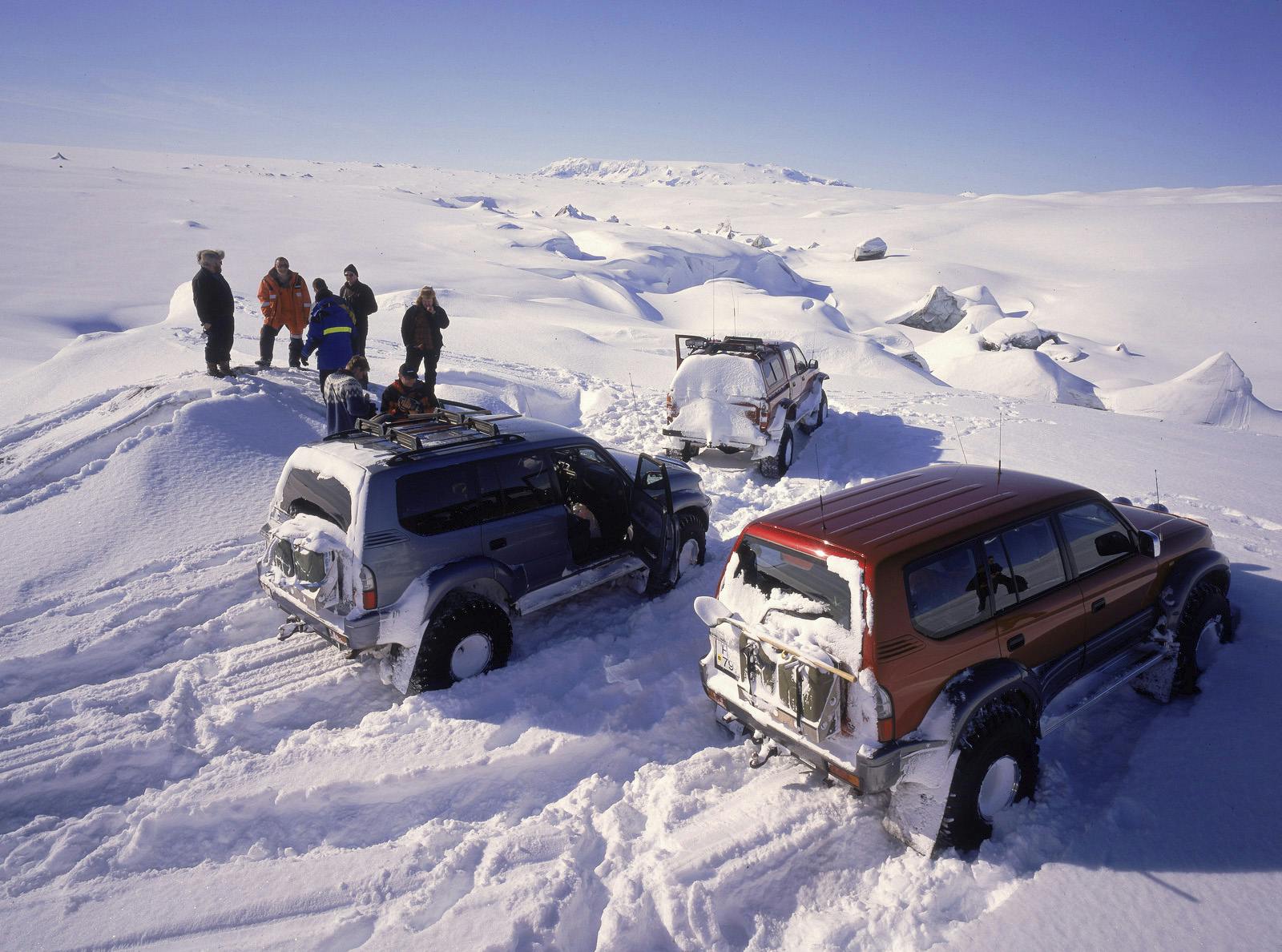
Discover Glacial Marvels and Ice Caverns in Reykjavík
Perlan's Wonders of Iceland exhibition showcases a 100-metre-long ice cave constructed from over 350 tonnes of snow sourced from Icelandic mountains. Ice caves, a marvel formed during the deep winter within glaciers, are a natural spectacle.
These magnificent caves are sculpted by meltwater streams, and at Perlan, visitors can witness an authentic ice cave experience in a safe and controlled setting. Exploring an ice cave is an enchanting adventure that no visitor to Iceland should overlook, and Perlan provides year-round opportunities for travellers to immerse themselves in this extraordinary natural phenomenon.
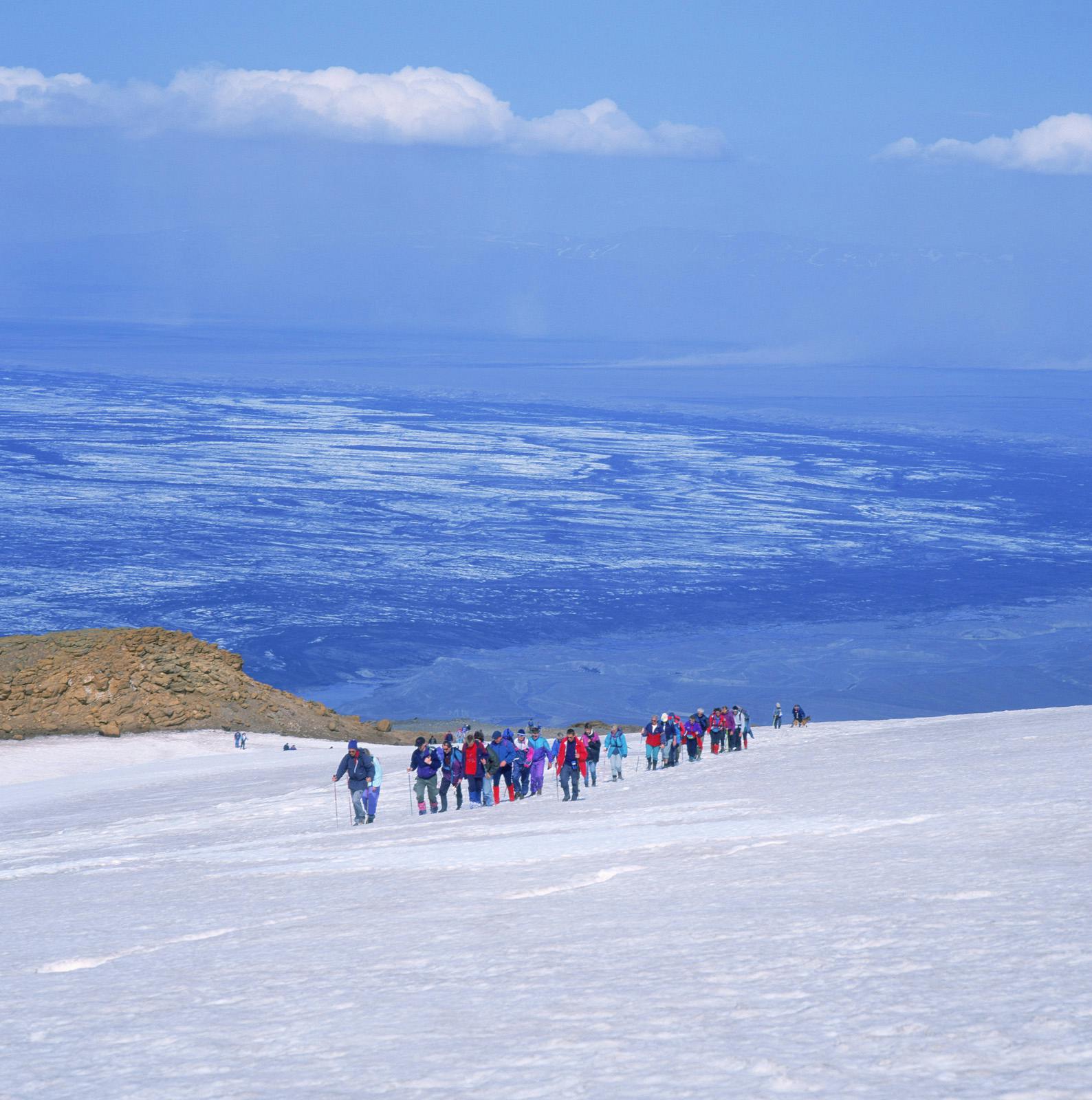
At Perlan, guests can delve into Iceland's natural wonders through a series of exhibits and engaging presentations, encompassing ice caves, glaciers, the mesmerising northern lights, and the powerful forces of volcanoes.
Scientific Composition
Ice Mass and Volume
Brúarjökull, like all glaciers, is primarily composed of ice. The ice mass accumulates over time through snow's gradual compression and compaction, which transforms into dense glacial ice. The glacier's volume and mass are dynamic, constantly changing in response to the balance between accumulation (snowfall and ice formation) and ablation (melting and calving).
Glacier Flow and Dynamics
Glaciers are dynamic entities that exhibit slow yet continuous movement—brúarjökull flows from the Vatnajökull ice cap, descending through valleys and rugged terrains. The glacier's movement is influenced by gravity and the topography of the underlying landscape. The flow of Brúarjökull is not uniform, with faster movement occurring in the centre and slower movement along the glacier's edges.
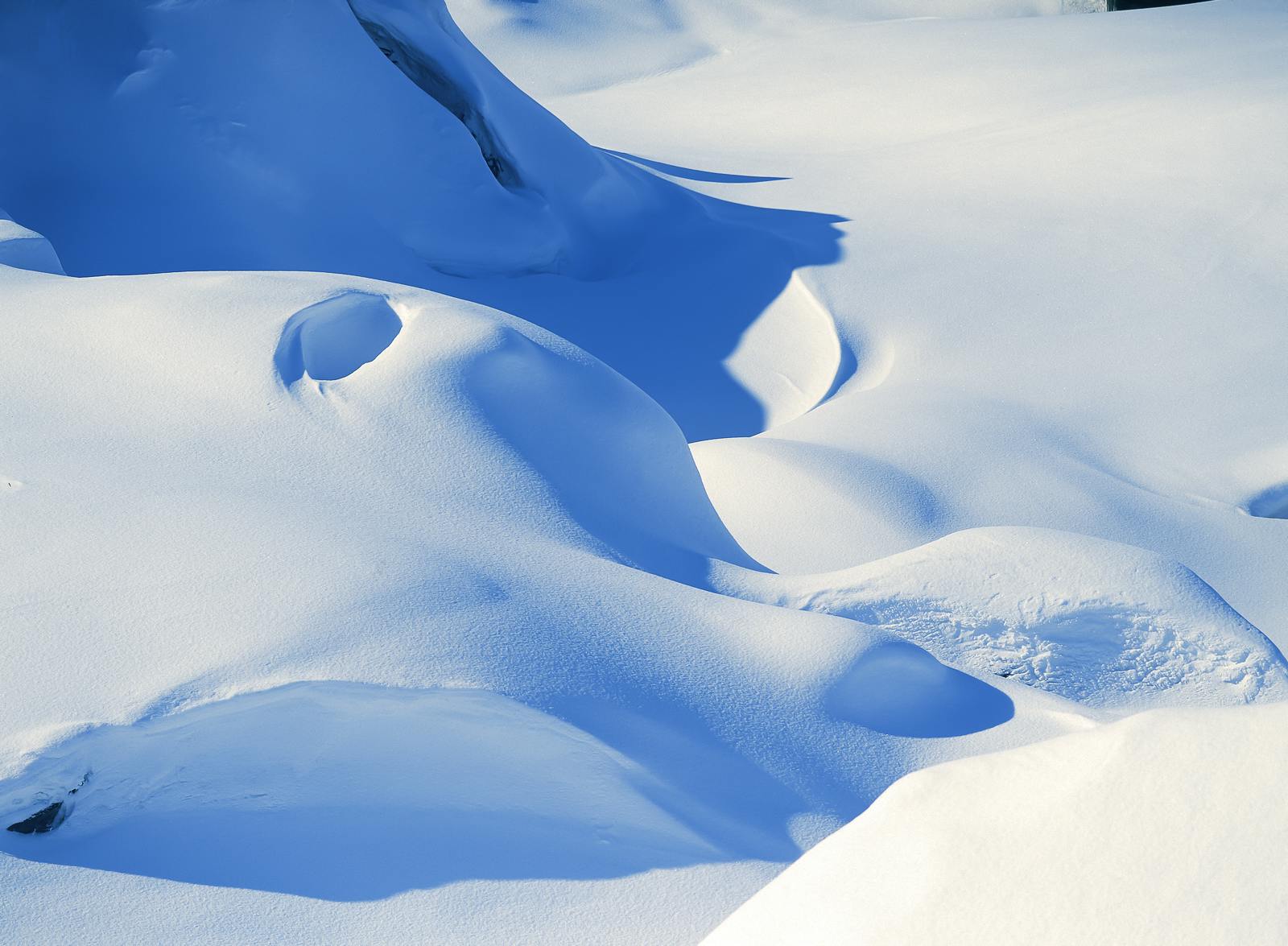
Crevasse Formation
The surface of Brúarjökull is marked by crevasses, deep cracks that form as a result of the glacier's movement over uneven terrain. These crevasses provide insights into the glacier's internal stress and strain distribution. Scientists study these features to better understand the glacier's behaviour and assess potential hazards for those venturing onto its surface.
Climate Connection
Climate Change Indicators
Brúarjökull, like many glaciers worldwide, serves as a barometer for climate change. Changes in the glacier's size, volume, and movement patterns can provide valuable information about shifts in regional climate conditions. Monitoring these changes over time is crucial for understanding the broader implications of climate change on glacial ecosystems and the hydrological cycle.
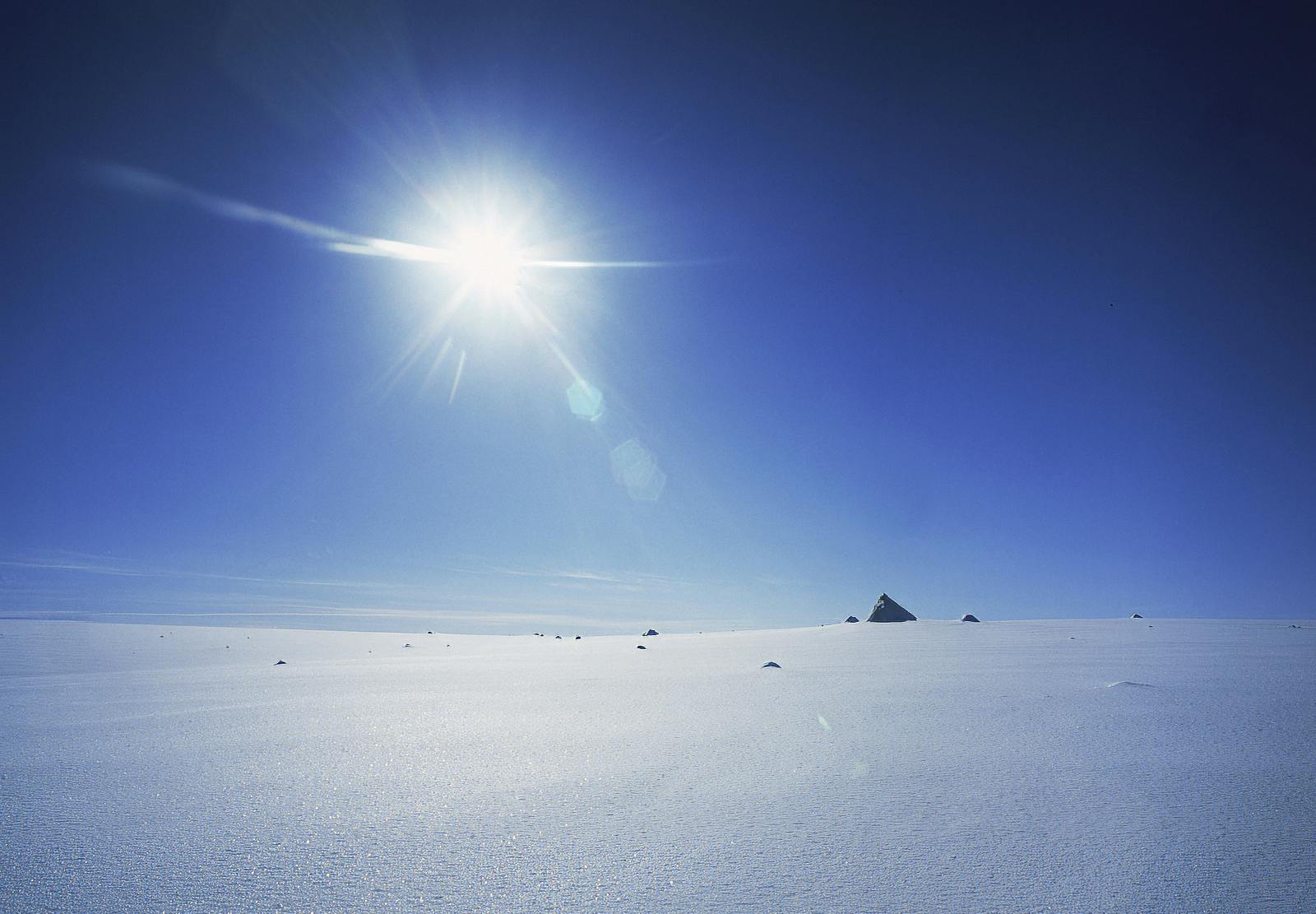
Glacier Retreat
One of the most observable impacts of climate change on glaciers is the phenomenon of retreat. Brúarjökull, like several Icelandic glaciers, has been experiencing a gradual retreat in recent decades. Warmer temperatures and altered precipitation patterns contribute to increased melting, reducing the glacier's size. This retreat has implications for local ecosystems, as glacial meltwater feeds into rivers that sustain various forms of life.
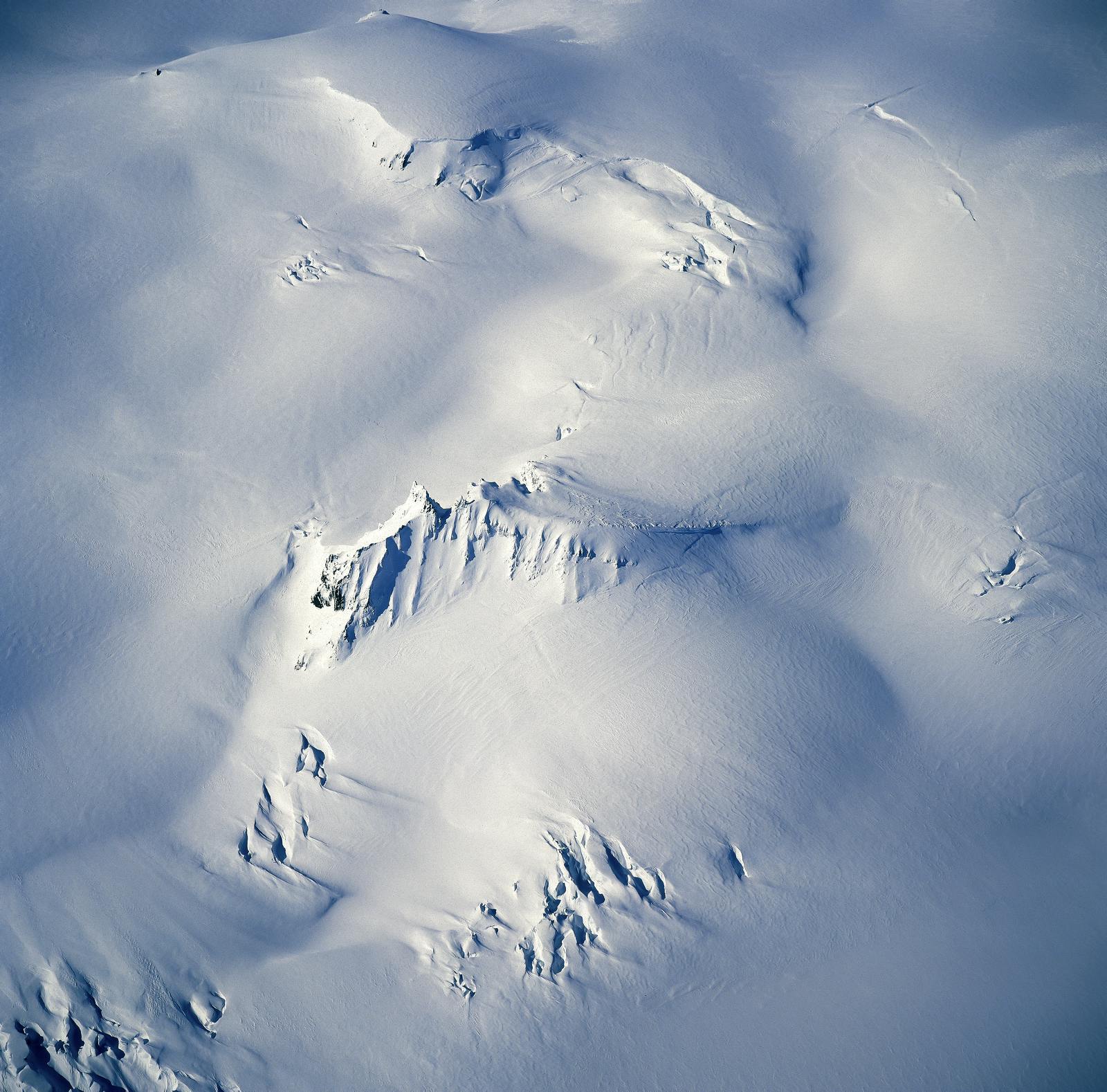
Environmental Significance
Water Resource Contribution
The meltwater from glaciers like Brúarjökull plays a crucial role in sustaining Iceland's rivers and ecosystems. As the glacier melts, it releases freshwater that contributes to the formation of glacial rivers. These rivers, fed by glacial melt, supply water to downstream areas, supporting vegetation and providing essential resources for both wildlife and human communities.

Geological Landscape Formation
Glaciers profoundly impact the geological landscape, shaping valleys, fjords, and other landforms through processes such as glacial erosion and deposition. Brúarjökull, as part of the larger Vatnajökull ice cap, has played a significant role in sculpting the diverse and stunning landscapes found in southern Iceland.







